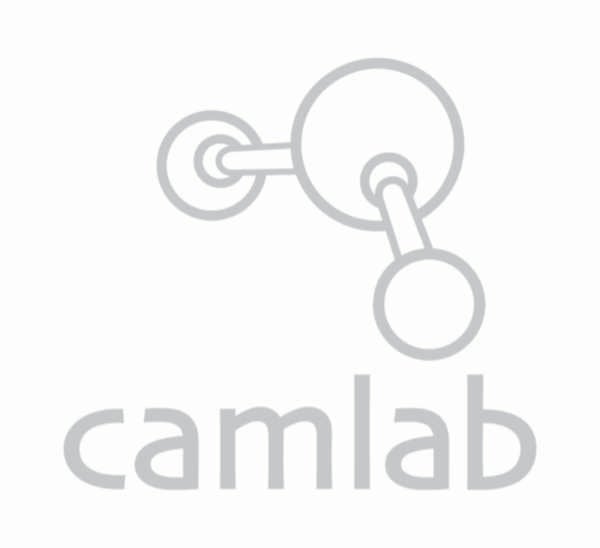Oxidation reduction potential (ORP) otherwise known as a REDOX potential measures an aqueous system’s capacity to either release or accept electrons from chemical reactions. When a system tends to accept electrons it is an oxidizing system. Conversely, when it tends to release electrons, it is a reducing system. Like pH, it is not a measure of a concentration directly, but of an activity level. Any measurement will be affected by all oxidizing and reducing agents present and is recorded in the mV scale. Readings are taken using a redox electrode (to read more about taking a measurement and maintenance of your redox electrode click here) and meter.
Application: The disinfection potential of water
One of the common applications of measuring the redox potential of a system is in the monitoring of water disinfection which is prevalent in industries such as water, pool and spa. Many disinfectants such as chlorine, hydrogen peroxide, bromine, ozone, and chlorine dioxide are oxidisers and will increase in mV reading of the system. Although readings are not a direct measure of the levels of disinfectants, it is an indicator of the disinfection potential and studies have shown that the typical lifespan of bacteria species in water is correlated with redox; a value of 650-700mV is widely recognised as being sufficient to kill most pathogenic bacteria within a couple of seconds. It is recommended to keep logs of your readings as day to day values may fluctuate and you can use this to respond. Using a redox meter and electrode to monitor this can be seen as an alternative to colorimetric testing of specific parameters.


Measuring redox potential is commonly used in the pool and spa industry as a measure of the disinfection potential of the water
Redox electrodes do not require recalibration, however surface contamination or build up can affect readings. It is therefore important to correctly clean, refill, maintain and store your electrode. Read more here. There are also factors such as the reference potential of the electrode itself that will differ between electrodes and this can affect the readings taken. It is good practice to record what electrode is being used in your readings log.
Measuring with TRUEscience:Redox
The TRUEscience system allows you to measure the redox potential by using a Redox electrode with the SMART Cap, which wirelessly connects via Bluetooth to an android tablet or phone. This gives you to the computing power of android to access enriched features such as storing readings into jobs whilst giving each reading a name with notes, GPS and images. Other features allow you to log your results including the logging each particular electrode used against readings. The SMART Cap can also be used to connect to pH, ISE and dissolved oxygen electrodes. Multiple SMART Caps can be connected enabling you to run experiments and take readings simultaneously. This can be useful as you may wish to monitor for example pH in combination with redox potential.


TRUEscience:Redox starter kit
We provide a handy TRUEscience: Redox starter kit, complete with SMARTcap and temperature probe, epoxy-body non refillable electrode (more durable than glass alternatives) and a soaker bottle with a small amount of storage solution so you can correctly look after your electrode from the get go. Simply add your own Android tablet or you can purchase our recommended tablet starter kit here.
If you want to find out more about measuring redox potential or our TRUEscience system, you can contact us using the form below. Alternatively, you can speak directly with our technical support team on 01954 233 120.













































































































































